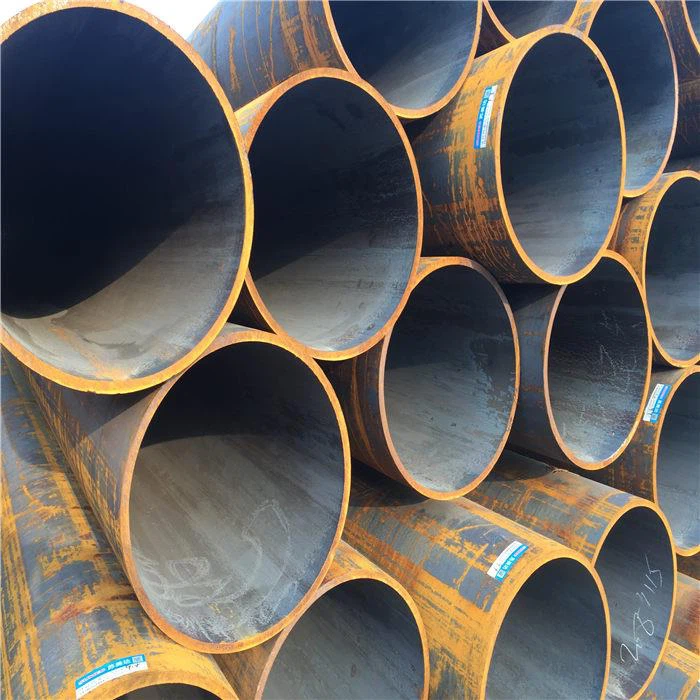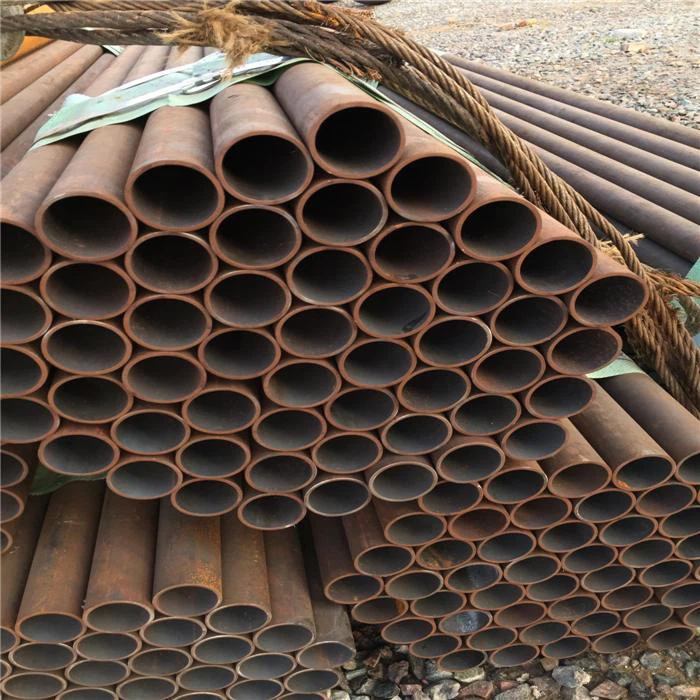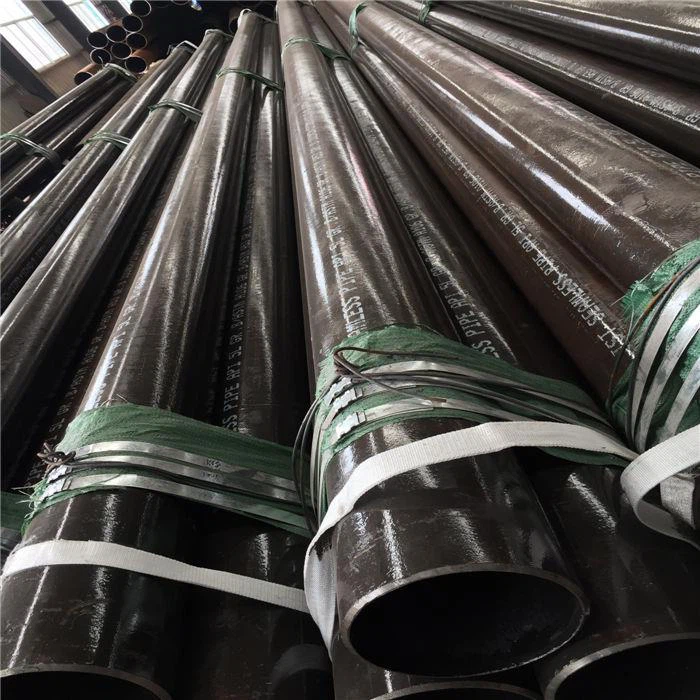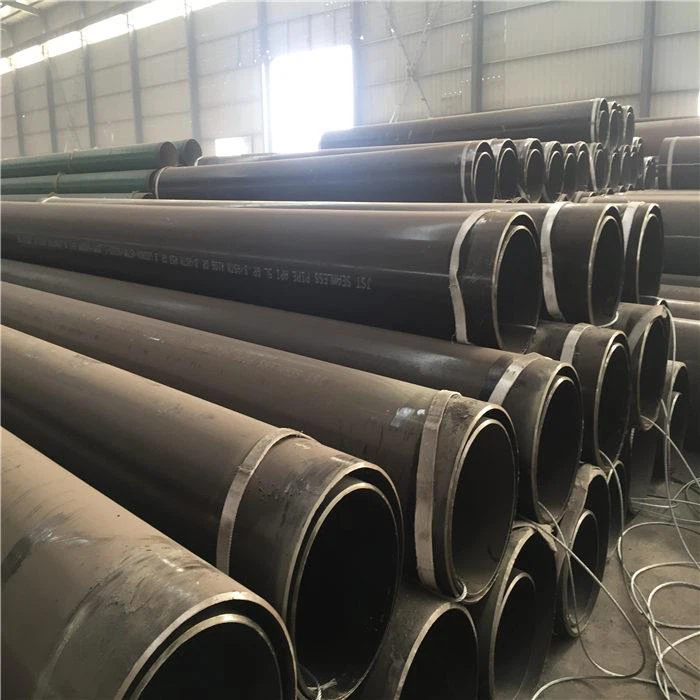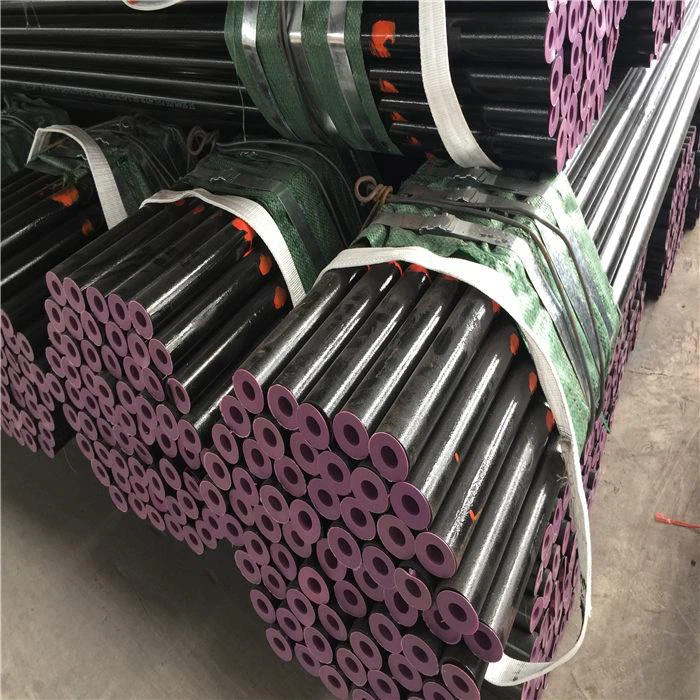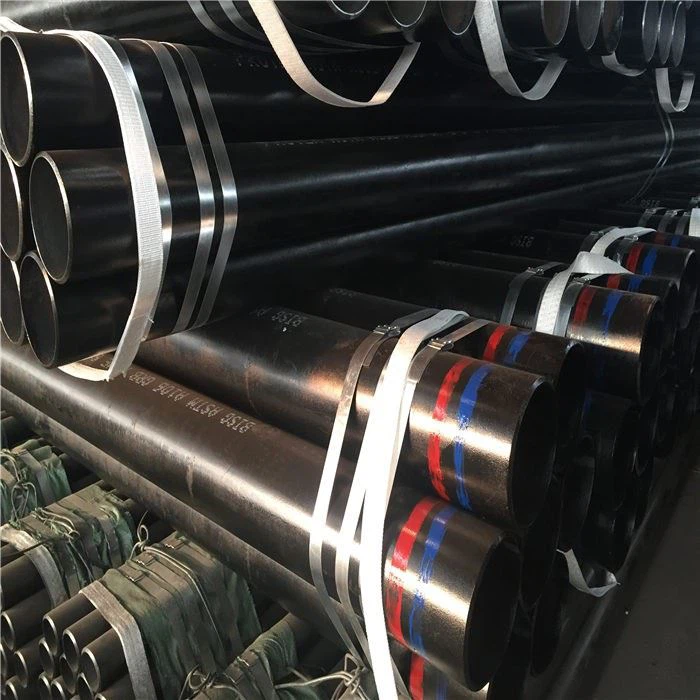Corrosion classification and characteristics of chemical pipeline
The harm of steel pipe corrosion is very common, but also very serious. Corrosion will cause significant direct or indirect losses, will cause catastrophic major accidents, and endanger personal safety.
According to the classification of corrosion forms, it can be divided into general corrosion, local corrosion and stress corrosion three categories.
1. General Corrosion
Comprehensive corrosion, also known as uniform corrosion, is a corrosion that is basically the same in a large area of the pipeline. Uniform corrosion is the least dangerous type of corrosion.
① In engineering, sufficient corrosion allowance is often given to ensure the mechanical strength and service life of the material.
(2) Uniform corrosion The corrosion depth of the corrosive medium to the steel pipe or the wall thickness thinning of the metal component (called the corrosion rate) is commonly assessed per unit time. The SH3059 standard stipulates that the corrosion rate does not exceed 0.05mm/a material is fully corrosion-resistant material; The corrosion rate of 0.05 ~ 0.1mm/a material is corrosion resistant material; The corrosion rate of 0.1 ~ 0.5mm/a is still corrosion-resistant materials; Materials with a corrosion rate of more than 0.5mm/a are not corrosion resistant.
2. Local Corrosion
Local corrosion, also known as non-uniform corrosion, is far more harmful than uniform corrosion, because uniform corrosion is easy to be detected, easy to defend, and local corrosion is difficult to predict and prevent, often without warning, the sudden destruction of metal components, resulting in major fires or personal injuries. Local corrosion is very common, according to statistics, uniform corrosion accounts for 17.8% of the total corrosion, while local corrosion accounts for about 80%.
(1) Pitting
① Concentrated on the global surface of individual small points on the larger depth of corrosion called pitting corrosion, also known as pitting corrosion. Hole diameter equal to or less than depth.
(2) Pitting corrosion is one of the most destructive hidden corrosion forms of pipelines. Austenitic stainless steel pipes are most prone to pitting corrosion when transporting media containing chloride ions or bromine ions. If the outer wall of the stainless steel pipe is often wet by sea water or natural water, it will also produce pitting corrosion, because sea water or natural water contains certain chloride ions.
(2) Crevice Corrosion
When the material transported by the pipeline is electrolyte solution, the gap corrosion will occur in the gap on the inner surface of the pipeline, such as the flange gasket and the single side welding. Some blunt metals such as stainless steel, aluminum, titanium, etc., are prone to crack corrosion.
The mechanism of gap corrosion is generally considered to be the principle of concentration differential corrosion batteries, that is, due to the difference in oxygen concentration or metal ion concentration between the solution in the gap and the surrounding solution. Crevice corrosion occurs in many media, but is most serious in chloride-containing solutions.
(3) Corrosion of welded joints
Usually occurs in stainless steel pipes, there are three forms of corrosion.
① The welding meat is corroded into a spongy shape, which is the δ ferrite selective corrosion of austenitic stainless steel.
② Heat affected zone corrosion. The reason for this corrosion is that the temperature here is just in the sensitized zone during the welding process, and there is sufficient time to precipitate the carbide, resulting in intergranular corrosion.
Intergranular corrosion is a kind of corrosion form where the corrosion is limited to and near the grain boundary and the grain itself is relatively small, which will cause the grain to fall off or reduce the mechanical strength of the material.
③ knife-edge corrosion at the fusion line generally occurs in stainless steel (347 and 321) stabilized with Nb and Ti. Knife-edge corrosion mostly occurs in oxidizing media. Knife-edge corrosion is shown in Figure 4.
(4) Wear corrosion
Also known as erosion corrosion. When the corrosive fluid suddenly changes direction in the bend, tee and other corners, it produces mechanical erosion damage to the metal and the passivation film or corrosion product layer on the metal surface, and at the same time, intense electrochemical corrosion occurs on the fresh surface of the metal, resulting in more serious corrosion damage than other parts. This damage is when the metal detaches from the steel pipe surface with its ions or corrosion products, rather than falling off as a solid metal powder like pure mechanical wear.
If there are bubbles or solid suspensions in the fluid, it is most prone to wear and corrosion. The passivation film of stainless steel has poor wear and corrosion resistance, while that of titanium is better. Steam system, H2S-H2O system wear and corrosion of carbon steel pipe elbow, tee are serious.
(5) condensate corrosion
For the hot corrosive gas pipeline containing water vapor, the inner wall at the stop or damage of the insulation layer will condense due to the local temperature falling below the dew point, resulting in condensation corrosion, that is, dew point corrosion.
(6) Local atmospheric rust at the damaged coating
For carbon steel pipelines in chemical plants, this corrosion can sometimes be serious, because the atmosphere in the chemical plant area often contains acidic gases, which are much more corrosive than the natural atmosphere.
3. Stress Corrosion
The fracture failure of metal materials under the joint action of tensile stress and specific corrosive medium is called stress corrosion fracture. The time of stress corrosion cracking is long and short, some crack after a few days, and some crack after several years, which indicates that stress corrosion cracking usually has a long or short incubation period.
The stress corrosion crack is dry dendritic and develops in a direction perpendicular to the tensile stress. The micromorphology of cracks is transgranular, intergranular (intergranular) and mixed.
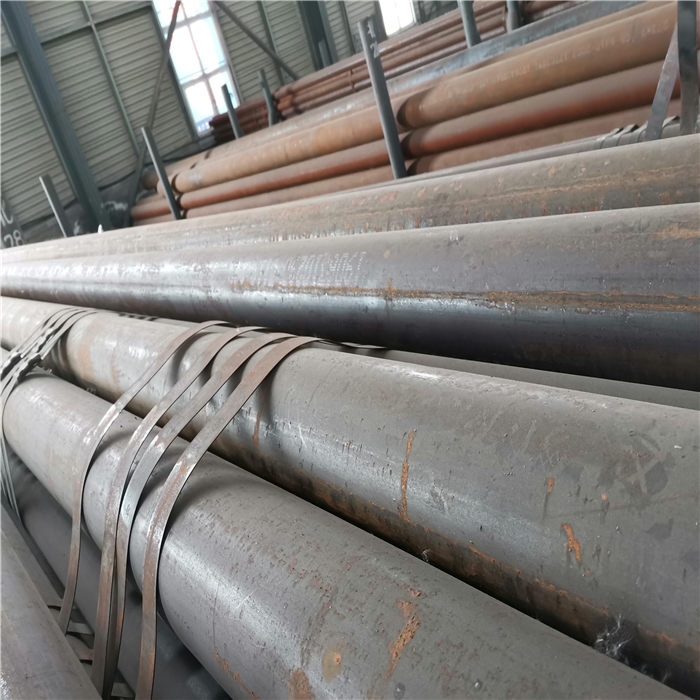
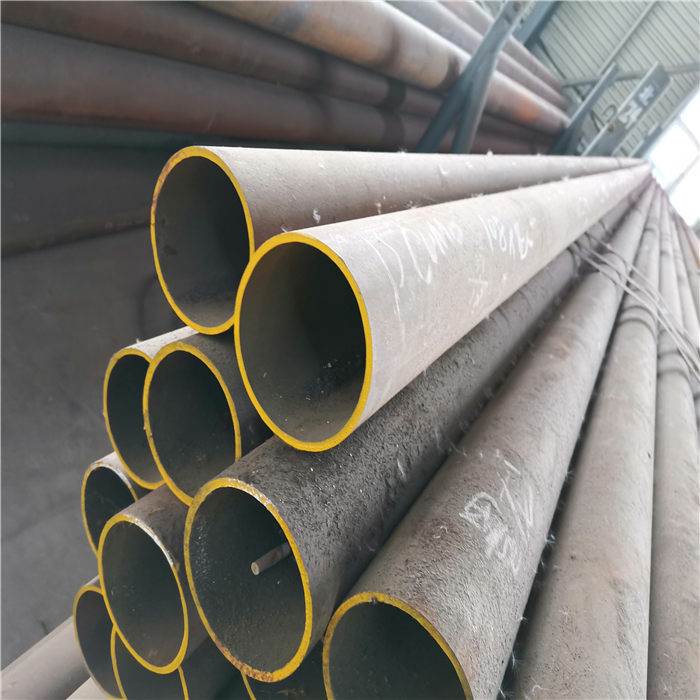
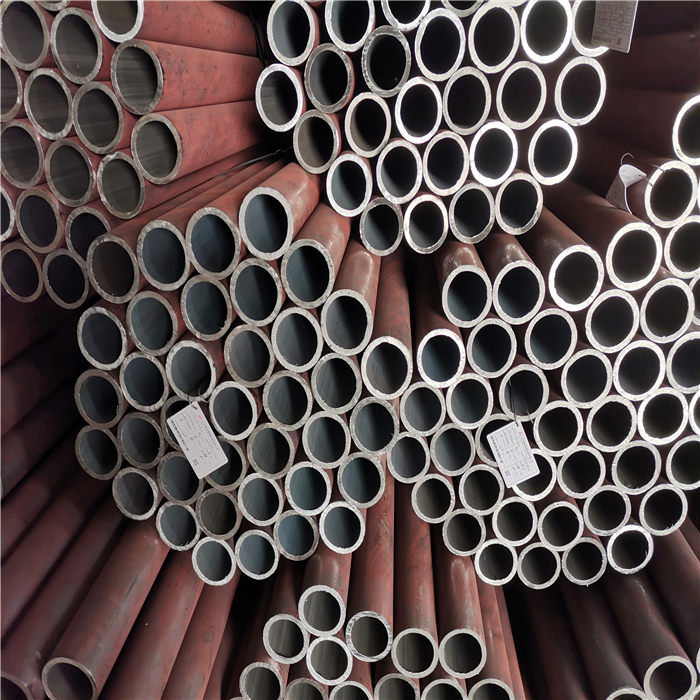
Steel Pipe Product Hot Tags:
{seamless steel pipe| line pipe| boiler tube| ASTM A333 pipe| API 5L pipe| welded steel pipe| steel pipe inventory| steel plate,pipe fittings, Hot-dip galvanized welded pipe


